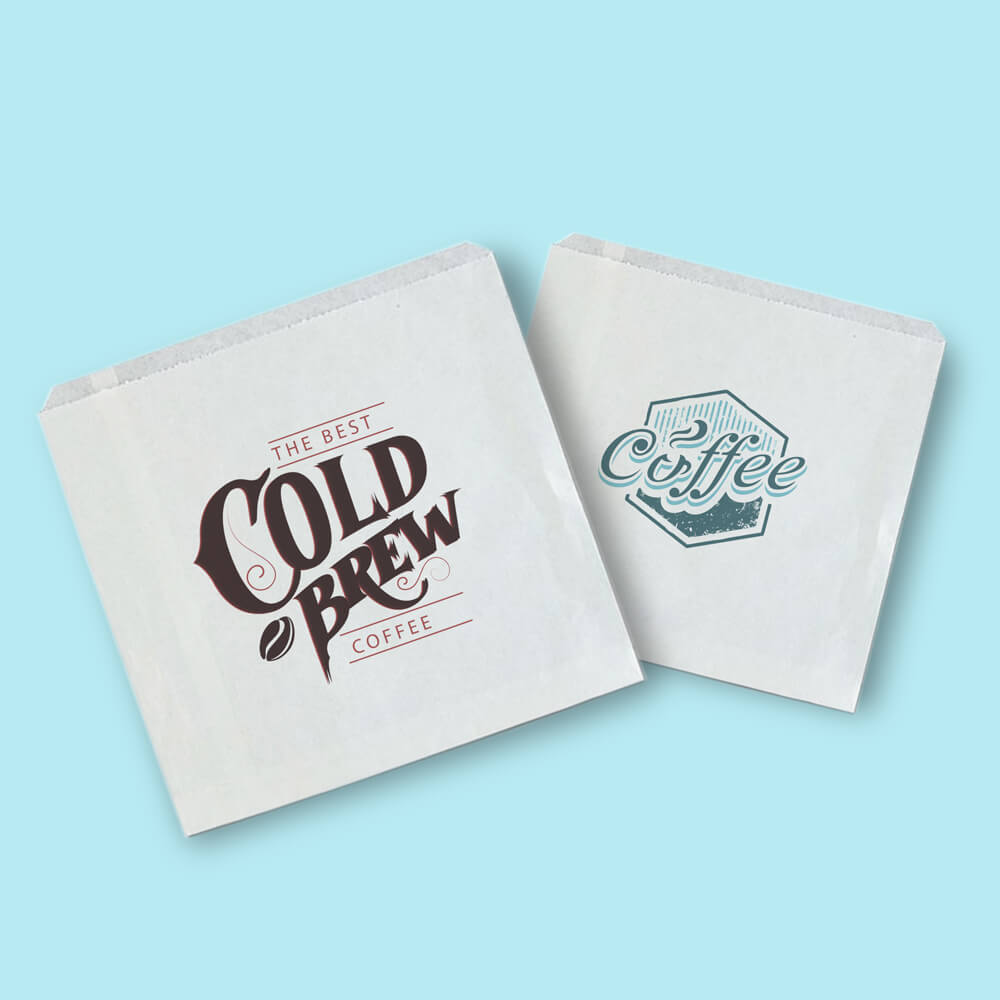The Importance of Food Packaging Containers
Food packaging containers play a crucial role in the preservation, protection, and presentation of food products. In an era where the quality and safety of food are of paramount importance, understanding the types and functions of packaging containers remains essential for manufacturers, retailers, and consumers alike.
One of the primary purposes of food packaging is to protect the contents from external factors that could compromise safety and quality. These factors include air, moisture, light, and microorganisms, all of which can lead to spoilage, contamination, and waste. For instance, vacuum-sealed containers remove air, thus minimizing the risk of oxidative reactions that can degrade food. Similarly, light-blocking materials are vital for sensitive items like oils and certain vitamins that can break down when exposed to light.
Moreover, food packaging containers are pivotal in extending the shelf life of products. Properly designed containers prevent spoilage by forming barriers against oxygen and other environmental elements. For example, modified atmosphere packaging (MAP) helps maintain the freshness of perishable goods by altering the composition of gases inside the packaging, thereby slowing down the growth of bacteria and other microorganisms. This technology is increasingly used in packaging meats, fruits, and vegetables to ensure they remain safe and appealing for a longer period.
food packaging containers

In addition to protection and preservation, food packaging containers also play a marketing role. The design, color, and branding of packaging can significantly influence consumer purchasing decisions. Eye-catching graphics and informative labels can convey important information about the product, including its ingredients, nutritional value, and preparation instructions. In a competitive market, effective packaging can be a powerful tool for differentiation, allowing brands to stand out on crowded supermarket shelves.
Furthermore, sustainability has become an integral consideration in the development of food packaging containers. As consumers grow more environmentally conscious, the demand for eco-friendly packaging solutions has surged. Many companies are now opting for biodegradable materials, recyclable plastics, and reusable containers. For instance, some brands have started to eliminate single-use plastics from their packaging entirely, opting instead for compostable or glass options. This shift not only meets consumer expectations but also helps in reducing the overall environmental footprint of the food industry.
Additionally, innovation in food packaging technology continues to evolve, aiming for smarter and more functional materials. Edible packaging, for example, is an exciting area of research, where edible films made from natural ingredients can replace traditional packaging. This approach not only reduces waste but also offers a novel way to enhance flavors without additional packaging.
In conclusion, food packaging containers are indispensable in ensuring the safety, quality, and appeal of food products. They protect against spoilage and contamination, extend shelf life, and play a significant marketing role. With the growing emphasis on sustainability, the food packaging industry is shifting towards eco-friendly solutions that resonate with consumers' values. As technology continues to advance, the future of food packaging looks promising, holding potential to further enhance our food systems while addressing environmental concerns. Understanding the significance of food packaging containers is fundamental for all stakeholders, from manufacturers to consumers, who play a role in the food supply chain.



